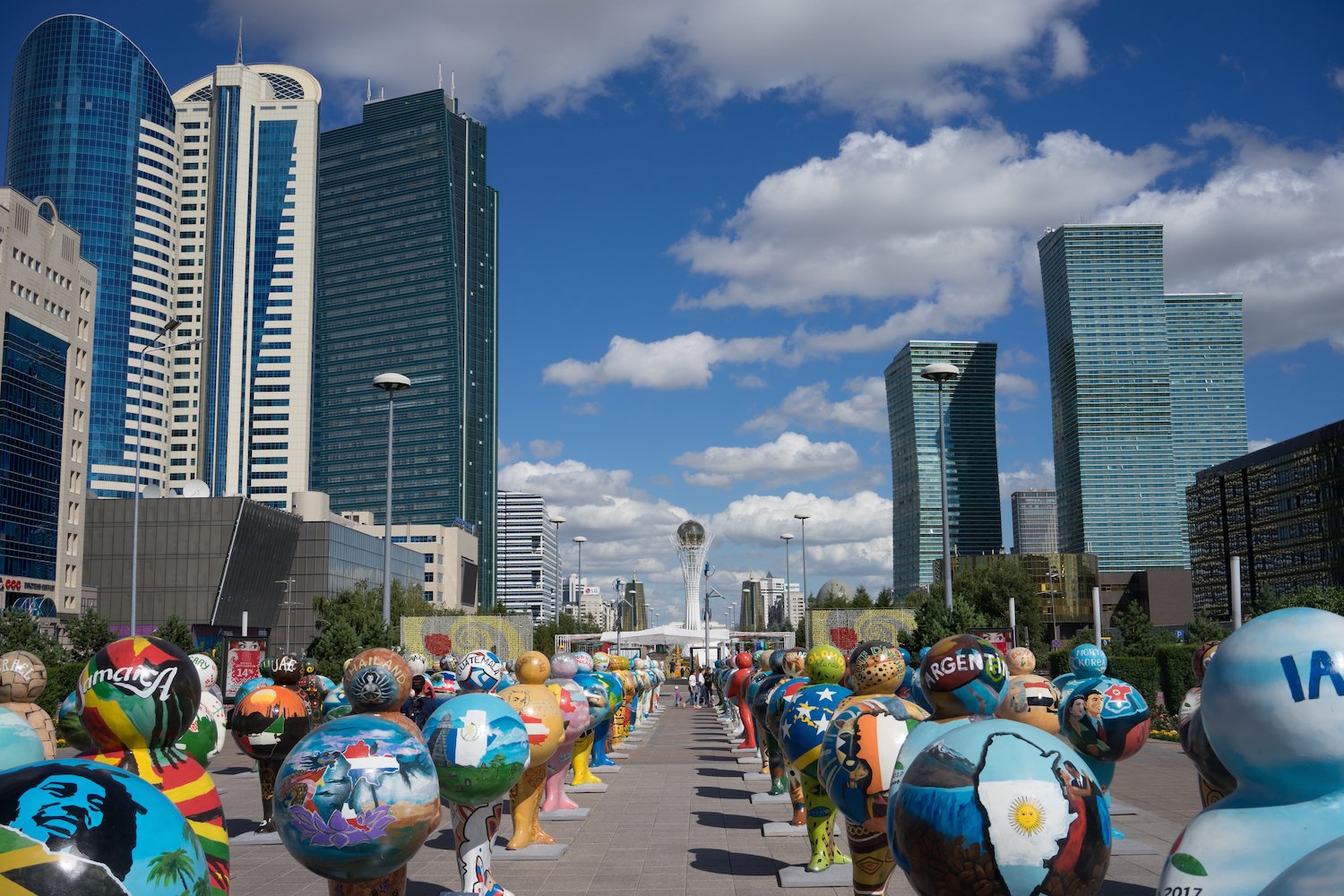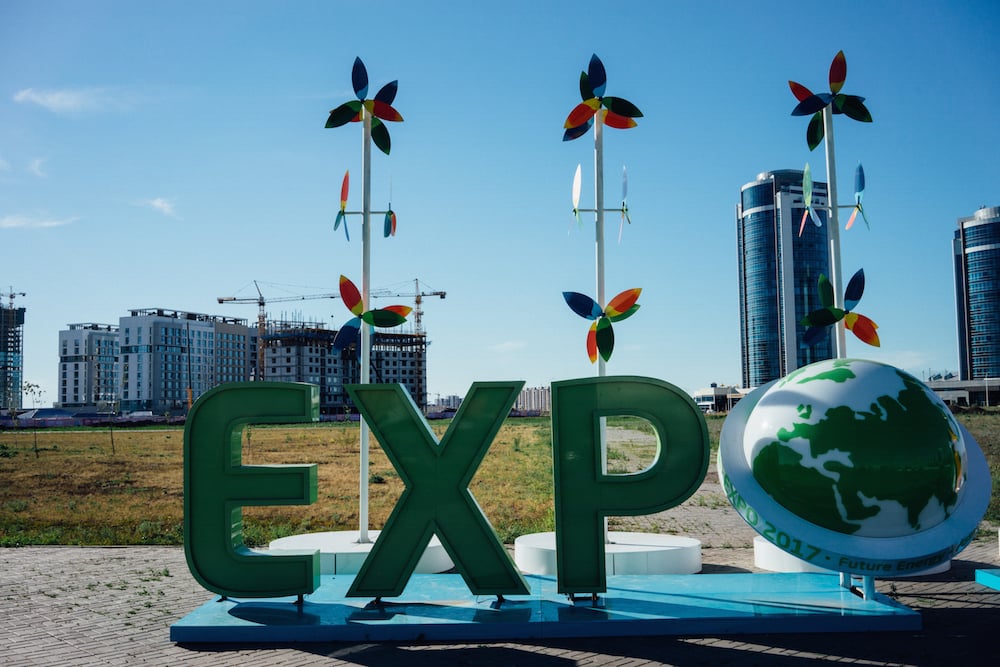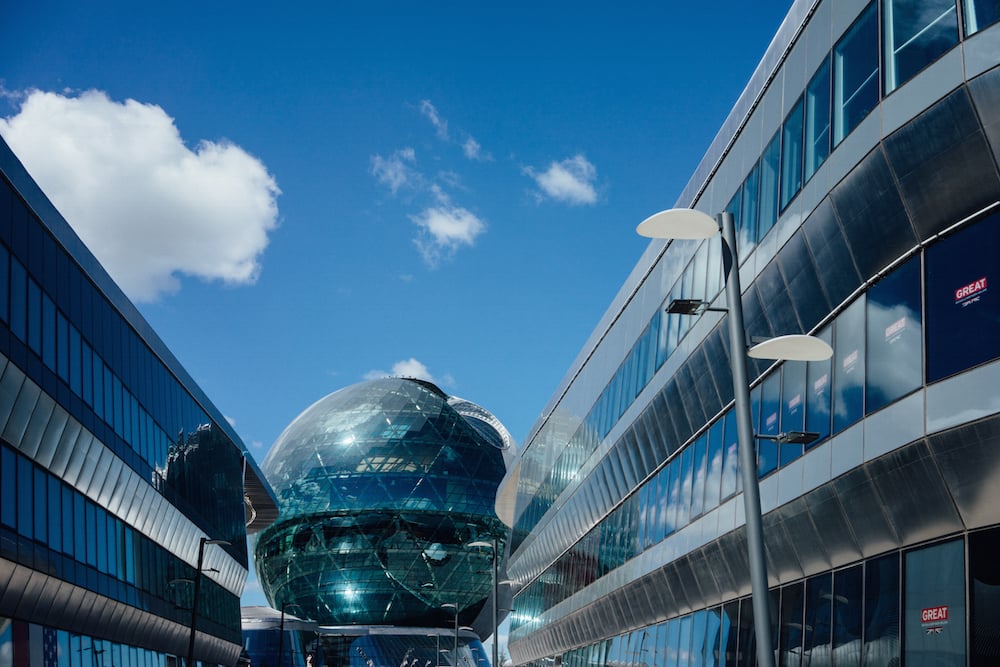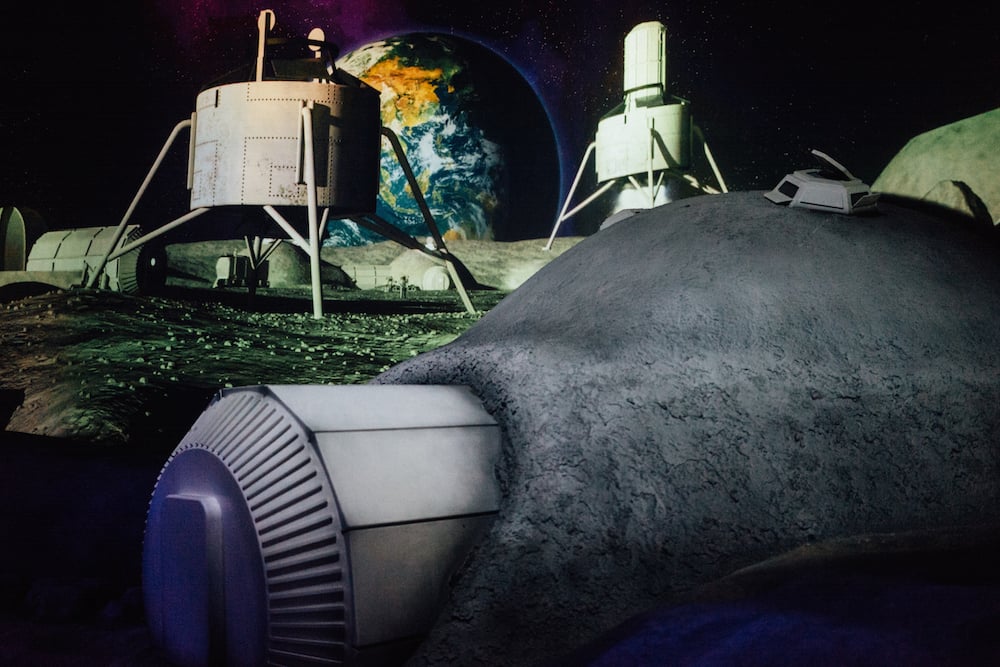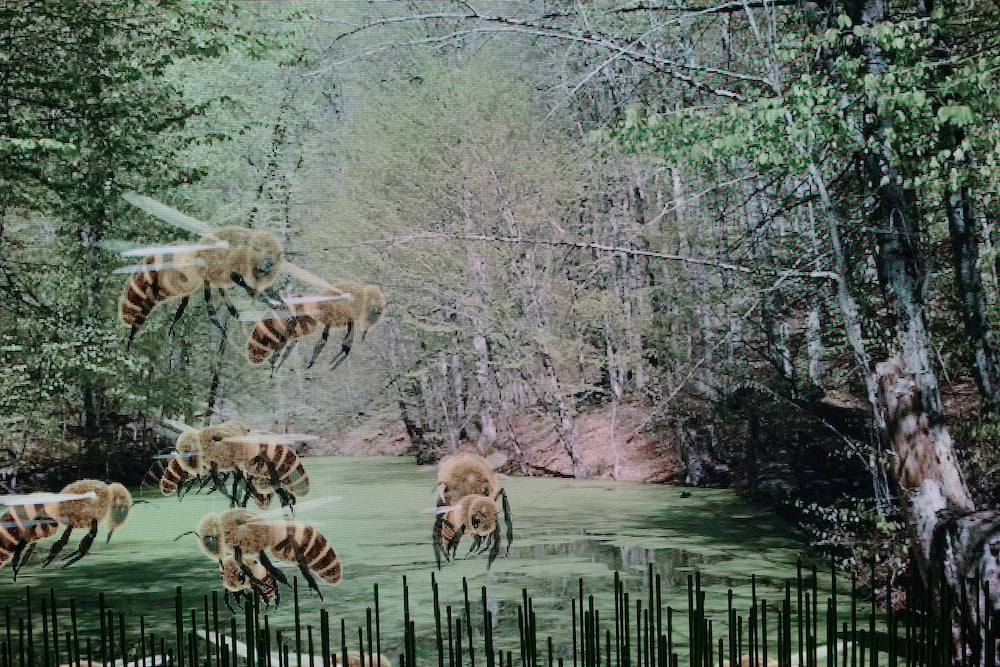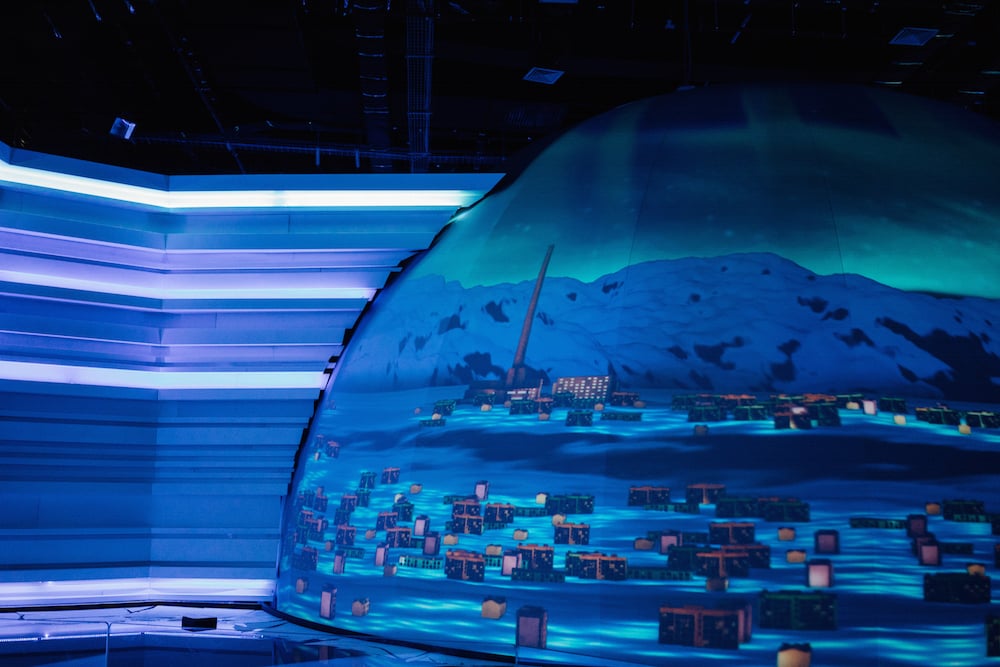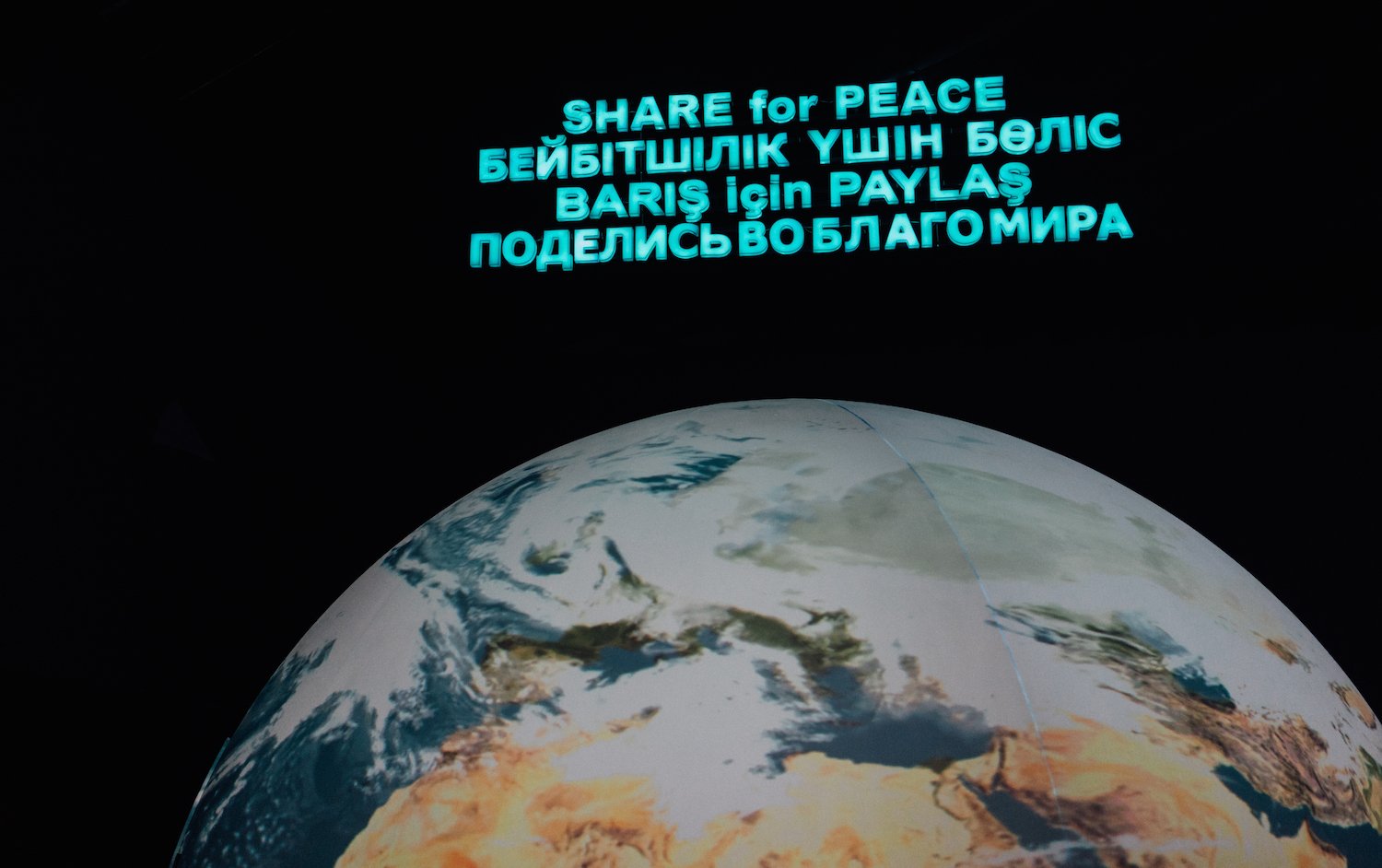Can Kazakhstan’s big money science fair save the world?
Kazakhstan’s postmodern capital Astana is hosting the International Exposition 2017, entitled “Future Energy”. Innovation and big money are working hand in hand – but is it enough to solve's the world's fuel problems?
On the south-western outskirts of Astana, the flat steppe horizon is interrupted by an enormous glass orb. The Kazakh capital is not short on bold, statement architecture, but Adrian Smith + Gordon Gill’s 96-metre-tall “Nur Alem” is still a striking sight as you approach along one of the city’s ubiquitous six-lane carriageways. Flanked in a semicircle by four triangular glass and steel blocks housing national pavilions, Nur Alem is the centrepiece of “Future Energy” — Astana’s Expo 2017, the first time that the self-proclaimed “Olympics of economy, business and culture” has been held in a post-Soviet state.
Declared the capital of Kazakhstan by President Nursultan Nazarbayev in 1997, Astana has for 20 years expanded at a startling rate, skyscrapers leaping up out of the steppe as economic migrants from the country’s older southern cities continue to make the move to this northern outpost — all made possible by the country’s plentiful gas and oil reserves. Astana is the kind of city that doesn’t attempt to hide its postmodern inorganicity; an event like the Expo, however, represents an opportunity to stake a claim to global validity.
The choice of “Future Energy” as the theme also helps to situate Kazakh state-building within a clear international agenda. Even the most unapologetically fossil-fuelled nations now have to pay lip service to the danger posed by climate change, and the Expo, if nothing else, demonstrates Kazakhstan’s willingness to admit the scale of the problem.
Nur Alem itself hosts both the Kazakh national pavilion and an eight-storey Museum of Future Energy. When I visited on a hot July morning, the pavilion was crowded by Kazakh families looking with vague interest at a range of technological fixes for an carbon-free future — giant floating atoms, replica nuclear power gizmos, and a bizarre touchscreen game for kids where you locate a patient’s malignant tumour and zap it with chemotherapy (“Please inject radionuclide!”).
An event like the Expo represents an opportunity for Astana to stake a claim to global validity
The museum is the heart of proceedings. Riding an elevator up through the core of the sphere, you find yourself almost 100 metres up in the air, overlooking a vertiginous central atrium opening up into eight floors worth of displays, each dedicated to a different kind of energy. Snaking your way back down to the ground floor, you’re treated to a series of interactive, flashy exhibits: on the Space Energy floor, a huge, glowing model of the sun is paired with a miniature planetarium; Wind Energy is demonstrated by a hypnotic display of red and green silks suspended in mid-air; Kinetic Energy features a stomach-turning gymnastic display from two performers inside a giant centrifuge.
There’s a lot more room dedicated to the history of energy than its future, however, and little in the way of practical demonstration or even speculation. A series of experimental solar-powered cars is distracting, but the accompanying computer-rendered illustration of the sci-fi city in which these vehicles will supposedly operate lacks any detail. The top floor, dedicated to the future of Astana itself, is replete with LED displays, with a dramatic voiceover announcing the coming age of synergy and hi-tech comfort; but a cursory glance at the captions reveals nothing much more than a reiteration of Kazakhstan’s pre-existing commitments under the Paris Climate Agreement and tips for insulating your home.
The national pavilions range from multi-storey experiences to single rooms. Walking through the avenues surrounding Nur Alem is a disconcerting experience but not at all unpleasant: within a few hundred metres, I have taken in a giant panorama of the African plains, a beautiful mosaic of Pakistani folkloric motifs and Jordan’s unintentionally comic slogan: “From the fragrance of the past we have devised our future.”
This kind of quasi-corporate jargon is in full effect, the pavilion titles blurring together in my mind – “United energy flow”, “My future energy”, “A legacy of energy leadership”. Turkey features an animated corridor of butterflies and bees and a hologram of a whirling dervish. Russia focuses on the Arctic, with a thrumming, animated hemisphere surrounded by a moat through which kids steer remote-controlled atomic icebreakers. In Austria, you can pedal an electric bike to produce electricity. The crowds of Kazakh visitors seemed entertained enough, but the repetitive flood of images and catchphrases — wind, solar, a united global community of fresh-thinking entrepreneurs — began to grate. So did the cognitive dissonance involved in seeing petro-states (plus Shell, a major Expo sponsor) lining up to boast of their impeccable green credentials.
Of course, none of this is Astana’s fault per se. In an age of mass international travel, an event like the Expo is just not as exciting for much of the world as it was in the heyday of the early 20th century. At the same time, private funding has gradually shifted focus away from genuinely public-minded projects.
I’d say these developments represent an argument for hosting the Expo in places like Kazakhstan — resource-rich enough to put on a show, but internationally isolated enough that the arrival of thousands of foreigners represents a genuine chance for locals to broaden their horizons. When I was visiting, the site was teeming with people, with queues for the more popular pavilions overflowing out onto the sun-baked promenades. Who cares if no Belgians turn up if Astana’s families get a decent day out?
Kazakhstan is resource-rich enough to put on a show, but internationally isolated enough that the arrival of thousands of foreigners represents a chance for locals to broaden their horizons
The idea that Kazakhs were enamoured by the whole affair was certainly pushed by the marketing executives who guided myself and other foreign journalists around the adjoining media centre. “The country lives the Expo. The thought of the Expo touches Kazakhs deeply,” one Russian suit insisted as he showed us a scale model of future Astana, dozens of identical housing blocks like Lego pieces radiating out from the epicentre of Nur Alem. I admit I was sceptical: I’d read reports from the opening weeks of the Expo of paper-thin crowds, and social media complaints that salaries had been trimmed to push locals into attending. The attractions tagged onto the Expo — a Kazakh-themed Cirque du Soleil show and the questionable delights of a Limp Bizkit gig among them — seemed extraneous. In the media centre we were shown a promotional video where the Nur Alem sphere landed in the city like a spaceship, locals looking on in awe.
So what next for Astana, and for Future Energy? Our Russian guide had a clear idea: “People are already fighting over the space in the pavilions. Usually when there’s an Olympiad it’s money thrown to the wind. Here there’s no chance of that happening.” Time will tell. From above, the layout of the Expo park forms a shape like a tear: the last drop of oil, we were told. “Everyone who relies on oil now is very serious about green.” There is reason in relying on those most vulnerable to petrochemical collapse to chart a course out of the coming climate disaster. While Western states shuffle their feet, after all, China is becoming a world leader in clean energy. If the projections of the marketing guys were true — 7 million visitors by the end of the Expo — then why shouldn’t Kazakhstan become a pioneer along similar lines?
The answer, of course, is that in Nazarbayev’s Kazakhstan the will of a corrupt bureaucracy outweighs that of the people. Unless there is a systematic change in Kazakh politics, the elite will determine whether the message of the Expo is carried forward.
Nur Alem and the Museum are to be left as they are after the Expo, which is good: it’s a first-class museum, and in the absence of foreign visitors (Astana is not about to become a tourist hotspot, not matter what the authorities say) it will be a welcome legacy for the locals. More than once, though, I heard from residents that the overbearing state prevented ordinary Kazakhs from getting on with making their own lives better. Will they be allowed to learn the lessons of Future Energy? At one point our Russian marketer said, “[the Expo] is the face of the country. Even the police are beautiful here.” There are some things you can’t dress up, and shouldn’t try to.
Text and image: Samuel Goff
The Expo runs in Astana until 10 September 2017. Find out more here.
